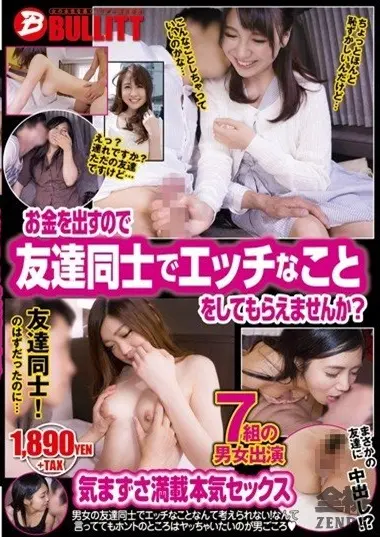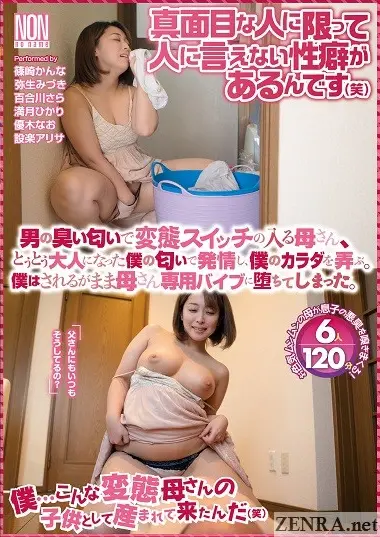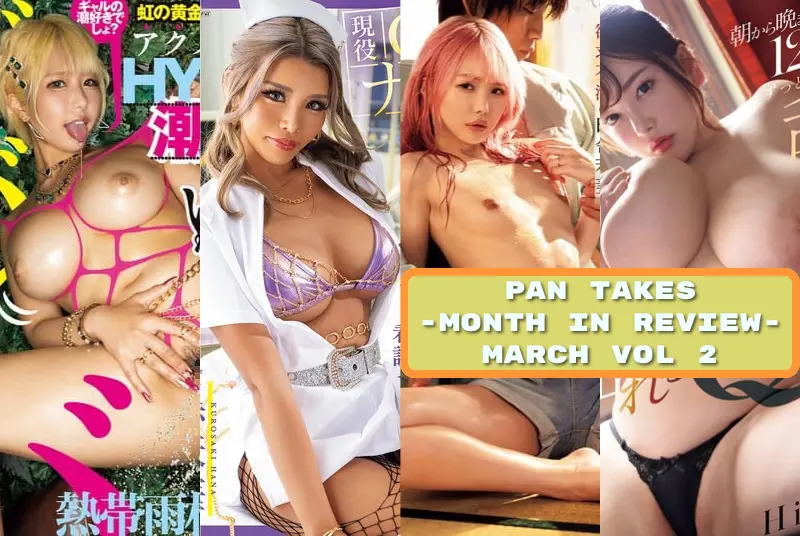A Brief History of Shibari - Part 2 - Seiu Ito
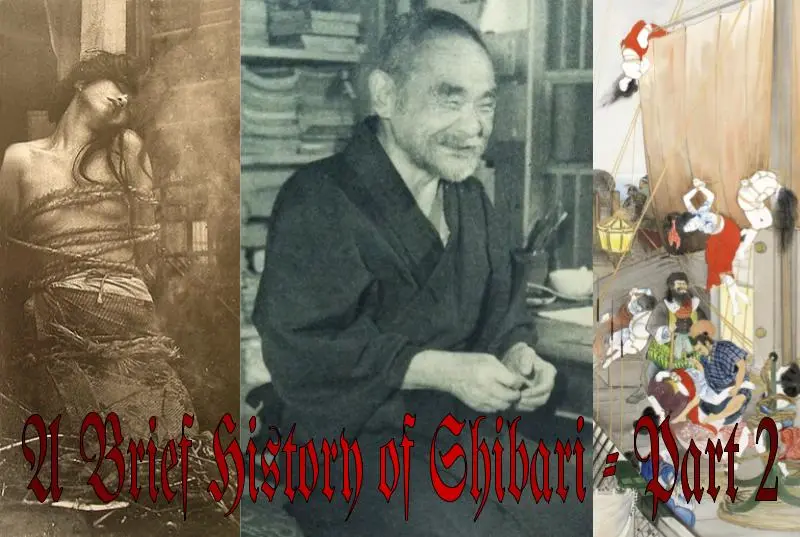
In the last article of this series, we discussed the ancient origins of Japanese rope bondage (and found them to really only be a few hundred years old). However, sexy shibari as we know it didn't really take form until the works of Seiu Ito.
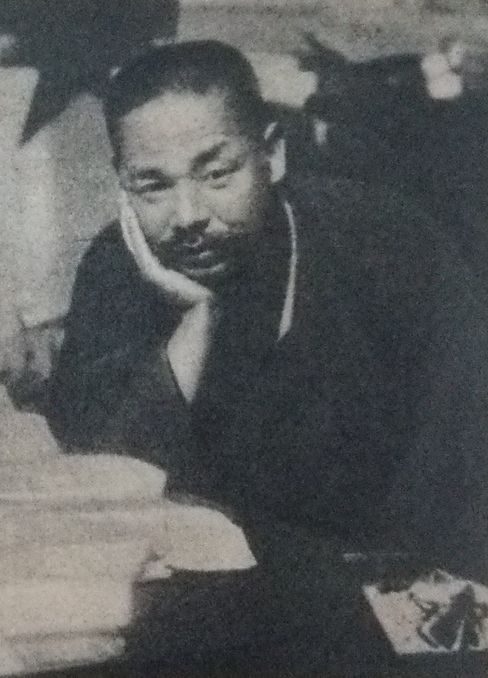
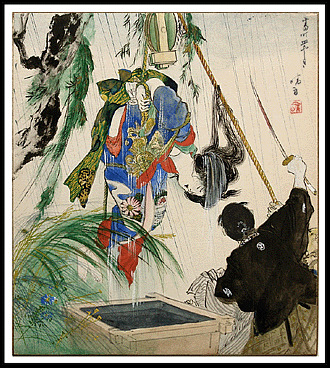
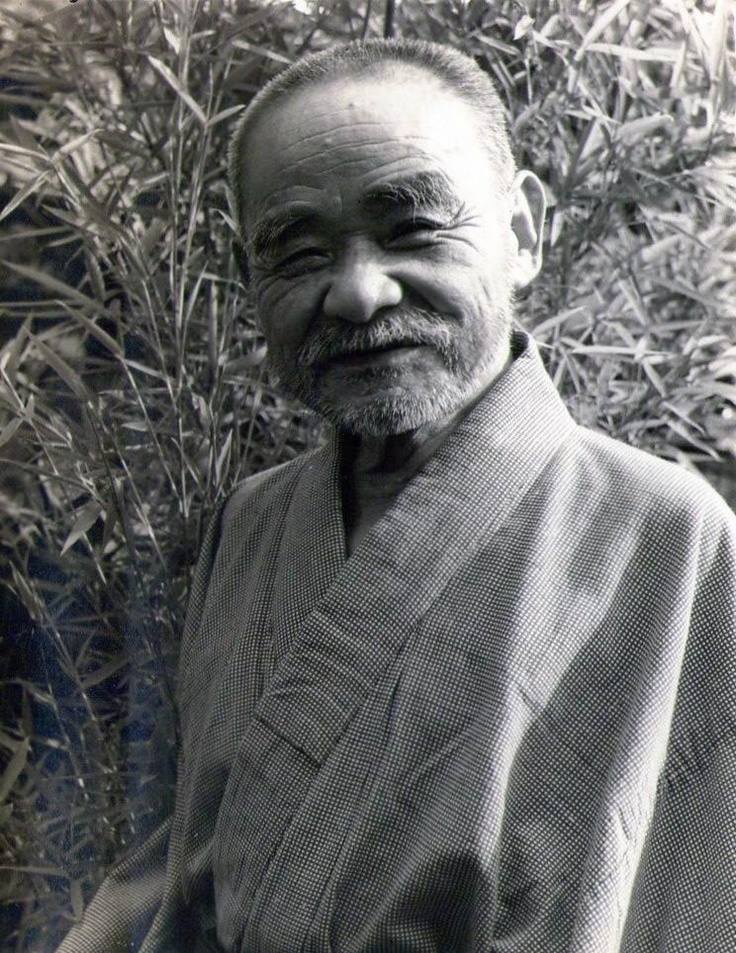
The artist and his art
Biographical details of Ito in English are scarce, but the broad strokes of his life are that he was born in 1882, right at the tail end of the Meiji Restoration, and he died in 1961, in the post-war Showa era. It was a full life, through a plethora of ages, and his art is of a kind that really could only have been made during that transition period between the Black Ships and the Tokyo Olympics.
Ito grew up going to kabuki plays frequently, but also heard tales of princesses being whisked away by nefarious fiends, who would do unspeakable things to their captives. In the last article, I mentioned how the proliferation of kabuki play posters allowed people to imprint their own meanings onto the images presented by the posters. But unlike most people, who simply allowed these impressions to sit in their minds, Ito was able to express them visually, as the scion of a proud artist household (Ito also had a long and distinguished art career outside of pervy paintings).
From this sprang Ito's main claim to fame: paintings of beautiful women being tortured with rope. And while they might seem just like the old kabuki posters that inspired them, if you look closely, you can see some key differences. Firstly, there's more texture and perspective to these paintings than to ukiyo-e. No surprise, given how Japanese artists now had full access to contemporary Western art, and could learn techniques from them by the time Ito started painting.
More than that though, while the old kabuki posters were incidentally erotic, these are intentionally erotic. Even if they may not seem very titillating to our modern eyes, the victims of these scenes of bondage are all beautiful women, whose faces are contorted in a mixture of pain and pleasure. And even in scenes of torture or unkemptness, Edo period artwork of women tends to show them in a pristine, almost porcelain quality, expressionless and blemishless. Ito's texture extends to his people's faces and features, and his women look more like Frazetta Girls than Bijin-ga, the blemishes making them more fearful and human.
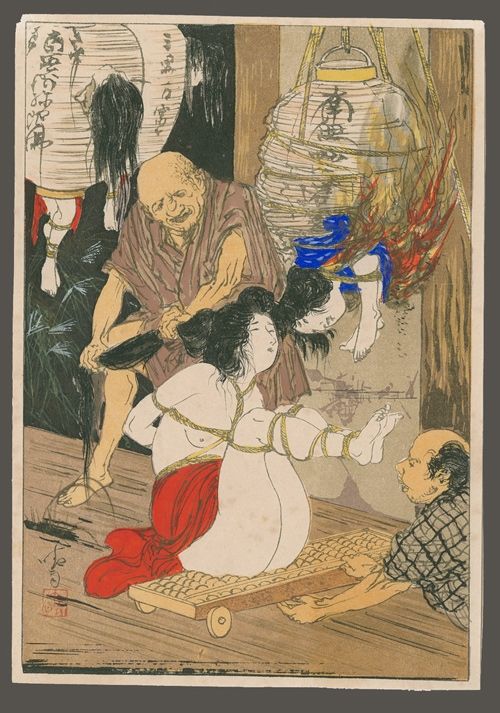
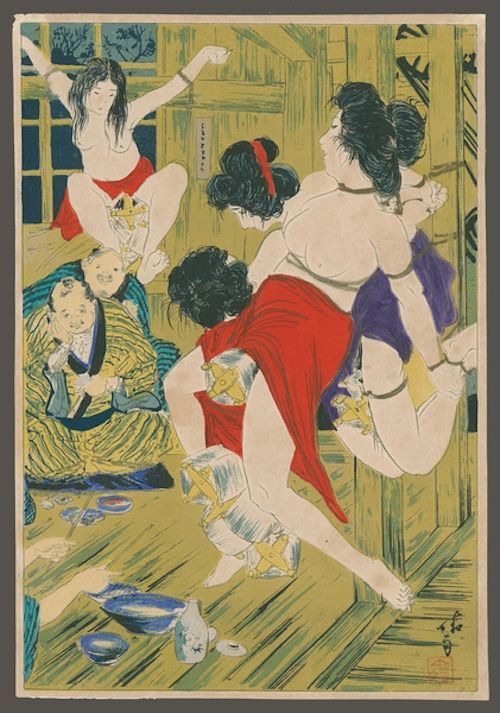
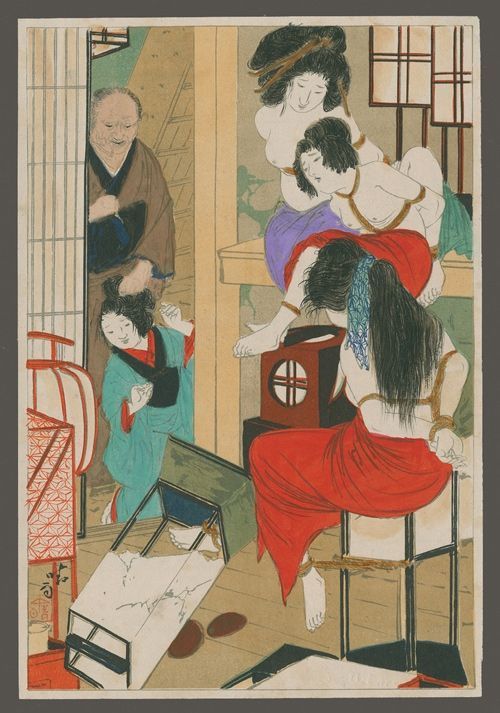
Ito also utilized new photographic technology to take pictures of his models, replicating the famous kabuki posters that inspired him. Remember that poster from the last article, with the onibaba dangling a pregnant woman over a boiling pot? Well, Ito recreated that in photo form with his then-pregnant then-wife. He even started his own theater troupes specializing in scenes of torture.
However, once the Showa era kicked into high gear, with Japan's militarization alongside it, Ito's work was fiercely suppressed by censorship. Many of his pieces were outright destroyed, and while he still had his non-erotic art to fall back on, his heyday was over. After the war he went back to working on shibari art, but never achieved the same fame and fortune as earlier, quietly passing away in 1961.
One of the questions often pondered by cultural anthropologists (and those of us who were stupid enough to think a degree in cultural anthropology would make us employable somehow) is whether culture comes from individuals imposing ideas on a group, or springs from a group naturally. The answer to this question remains fiercely debated, but I think ultimately it's "a bit of both". Individuals can codify ideas into specific rituals and images, but these rituals and images don't gain much traction unless the wider population is already receptive to them.
Case in point, various ways in which to measure things like temperature, distance, or price have historically been imposed on countries by their leaders. But whether those impositions stick around or not has mostly depended on how well the common people take to them. Decimalized currency may have caught on in America, but no amount of arguing over how practical and sensible the metric system is will change the fact that most Americans see it as "European" and thus bad.
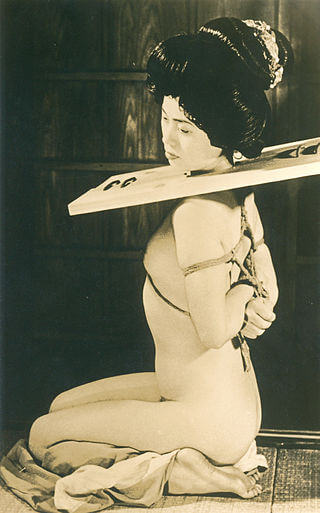
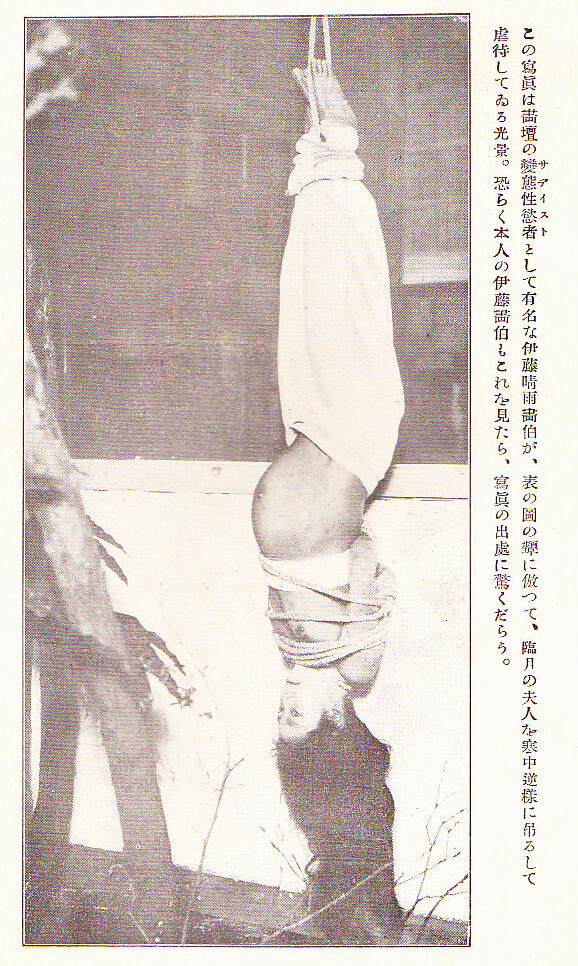
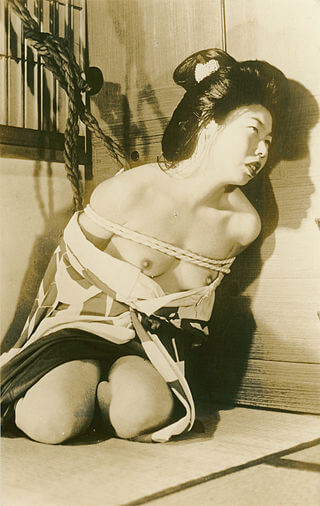
Here is the recreation of that famous Kabuki poster, alongside some other photos by Ito
Similarly, while Seiu Ito was certainly an influential figure in erotic art, and the mold he cast is the inspiration for subsequent images of sexy shibari, I don't think he could have risen to the fame he achieved outside of that specific time and place, when enough people in Japan were receptive to what he was putting out. As stated previously, the idea of kabuki posters that showed beautiful women tied up possessing an erotic energy was already present in Japan. Ito simply had the skill and tools to express that eroticism and bring it to the forefront.
More than that though, Ito happened to be alive and active during a massive shifting of attitudes and norms towards smut and erotica. During Ito's lifetime, Japan embarked on policies of modernization and militarization, largely motivated by a desire to not be conquered and colonized by Western imperial powers. If this world is full of conquerors and conquered, far better to be the conqueror, was the thinking. But when one militarizes a society, sex and sexuality are tightly restricted. As such, the openness of the Edo period Floating World had to retreat into shadows and back alleys.
It never fully disappeared, just as sex and sexuality never fully disappeared in Victorian or Edwardian England. (Remember, The Sheik by E. M. Hull was a bestseller around the same time Ito's erotic output first began.) However, if every non-normative form of sexuality is lumped together under a single label of deviance, then this equates genuinely dangerous and unsafe practices with those that are safe, sane, and consensual. Things like homosexuality or female dominance becomes just as morally condemned as things I don't think ZENRA will allow me to type. And questions of safety and consent are ignored because it's all perverse anyway, right?
While I've read a decent amount of Victorian smut (The Romance of Lust, The Pearl magazine, etc.), I don't know if I would recommend any of it. Partly because Victorian slang for genitalia renders genuinely sensual scenes laughable to modern readers ("Gently she placed my doodle betwixt her bubbies", that sort of thing). But mostly because of its attitudes towards consent and exploitation. The outdated prose makes me laugh, but the other qualities give me pause.
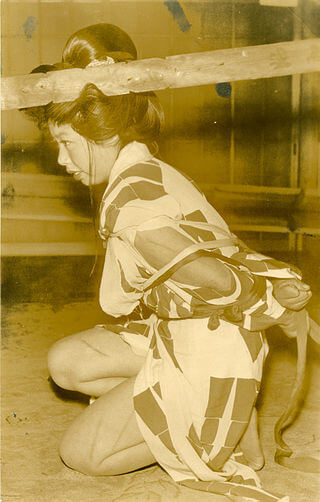
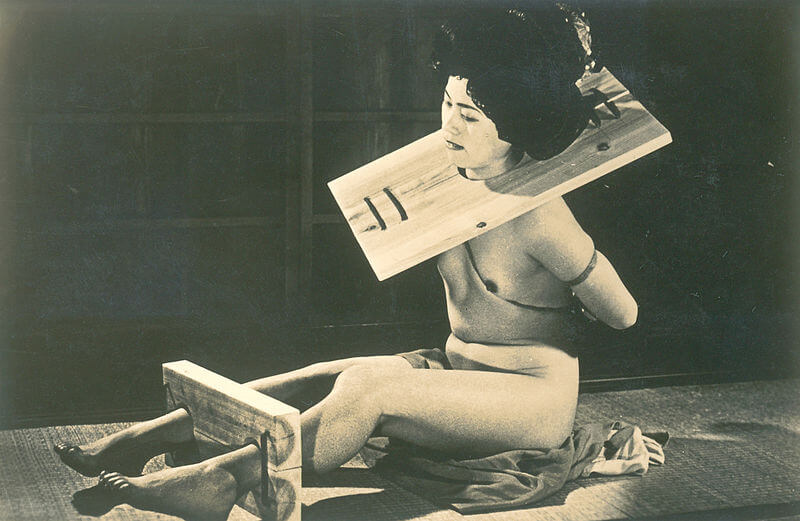
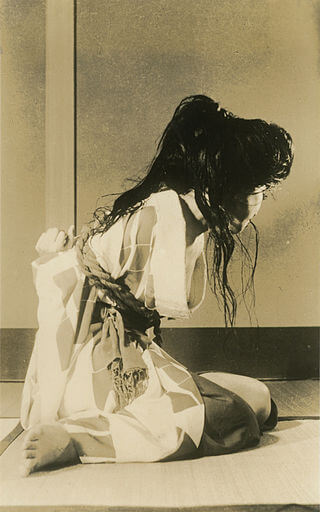
Now obviously fantasy is fantasy, and I'm not here to yuck anyone's yums. That being said, a modern viewer cannot help but notice certain disquieting qualities of Ito's work. In his paintings it is always younger and beautiful women being tied up by older and ugly men, and even if the women's expressions are mixtures of pain and pleasure, there is never a smile on their faces. Also, the rigid gender roles presented by Ito's art may make dominant women and submissive men roll their eyes.
Ultimately, Ito's art, like Western smut of the same era, offers a fascinating glimpse into what we got our rocks off to in days of yore. However, even if you can see its influence on more modern works of AV or erotica, you might find its sensibilities too outdated to fully enjoy. But that's in the past, right? Ito died in 1961, three years before Japan reentered the world stage as a peaceful ally instead of a wartime enemy. And the 60s were all about changing people's attitudes around sex and sexuality for the better, right...?
Special thanks to my BDSM Teacher, Midori, who was a big help in writing this article. You can find her website here, her Patreon here, and her Twitter here.
Further reading:
Midori - The Seductive Art of Japanese Rope Bondage (2001)
E. M. Hull - The Sheik (1919)
By Anton Algren @ March 24th, 2023
By Fried Chikan @ April 7th, 2023
By trapstar @ May 9th, 2024









